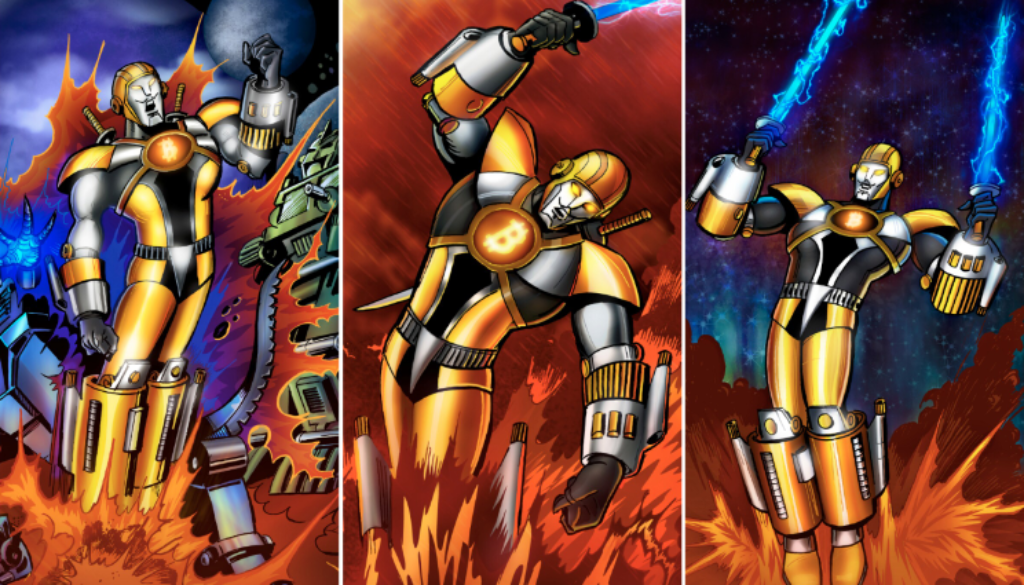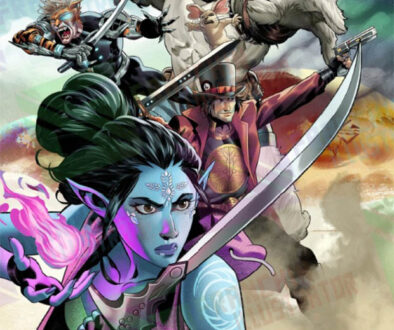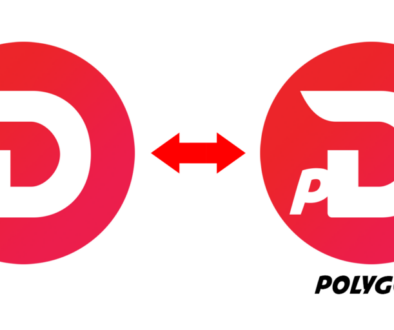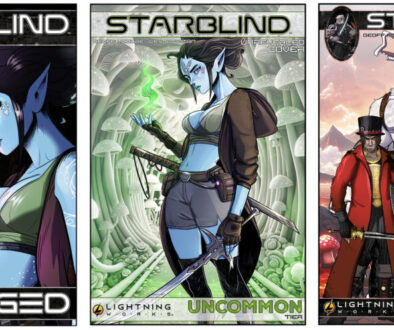Digital Artists Can Now Seamlessly Transform Their Comic Superheroes into NFTs
Unless you have been living under a rock for the past two years, you have probably seen a proliferation of ape-y cartoons in human dresses and nice caps all over the internet called NFTs. Nonfungible tokens are the newest internet buzz and have roped in a cross-spectrum of partakers ranging from digital artists to blockchain companies, traditional investors, art studios, and even the leading auction houses such as Sotheby’s and Christie’s.
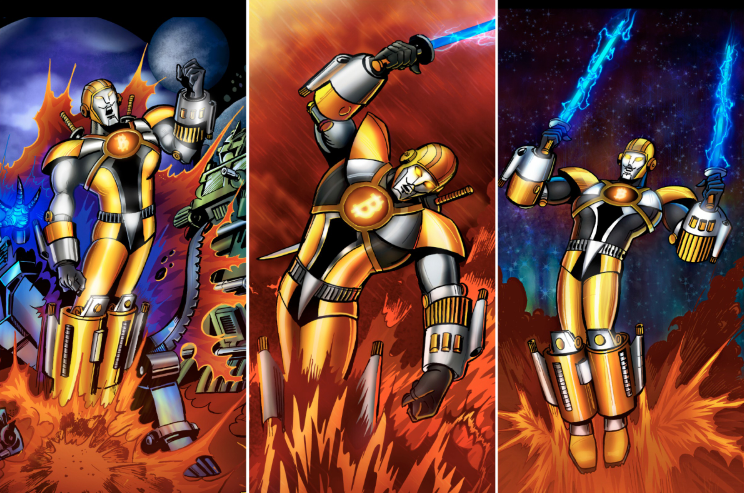
NFTs are a by-product of blockchain technology and the pandemic-era sterile indoor existence when detached from their normal lifestyle, users began exploring the potential of digital asset ownership and the metaverse, a trend that also saw billions of dollars being poured into cryptocurrencies.
Non-fungible tokens are powered by blockchain technology and provide artists and digital creators with a powerful new digital platform through which they can create content, track and retain its ownership and monetize it, in perpetuity if need be. NFTs have also created vibrant digital communities and ecosystems where fans of a particular NFT engage and bounce off new ideas for the growth and utility of the NFT.
Nonfungible tokens deploy blockchain, smart contracts, and cryptographic signatures to bestow ownership and royalty structures on intangible digital assets that are easily downloadable. NFTs deploy the decentralized distribution networks inherent in blockchain to cut out the centralized and entrenched commercial entities such as dealers and publishers thereby enabling the artist to directly engage with their fans and also monetize their work. Through NFTs, artists get complete ownership of their work and are even able to grow a network of patrons without passing through a centralized corporate entity. It has, therefore, unlocked lots of creative potential in creative industries such as the comic book world.
The comic industry ranks at the very top of creative endeavors and it is increasingly embracing NFTs. At least with comic books, NFTs are beginning to get some real utility beyond the gimmicky and seemingly useless applications it has been put to. Illustrators that have traditionally relied on the large comic publishing houses are finding out they are able to make it out on their own in this decentralized and largely democratized environment by transforming their prized comic illustrations into monetizable nonfungible tokens that can be tweaked and scaled into a multi-million-dollar NFT ecosystem. Take the BAYC ecosystem for instance. Well-tuned NFT drops on marketplaces such as OpenSea usually generate hundreds of thousands and even millions of dollars.
Even comic book publishers, long the lords of the industry, are having to adjust their business to the realities of a metaverse age by embracing NFTs and, for the first time, having to empower their artists and illustrators.
Comic NFTs are here to stay. The blockchain and nascent metaverse have changed the game permanently and new IP creation in the comic world will be happening on these emerging deep tech platforms.
NFTs confer advantages to comic creations that artists and publishers of the past generation could only dream of. For one, they allow for the verification and validation of digital art. This was previously a major paint point in the comic industry. Considerable fortunes in this industry were wiped out by piracy. With NFTs, buyers, collectors, and enthusiasts can be sure they are purchasing genuine and verifiable digital comics from the creators.
How are Comic NFTs Created?
While NFTs make it possible to take your comic books and comic strips to a new market and exploit the possibilities of a new medium, transforming your comics into a non-fungible token is not a straightforward process.
In this article, we give you a brief outline of how you can go from a comic illustration or narrative to a tokenized art piece and collectible that is purchased by thousands and traded in the leading NFT marketplaces. If you are planning to create NFT comics and get your fanbase to begin minting on the blockchain, you will find this outline helpful.
Start by Selecting the Comics to be Turned into NFTs
The first step is choosing the kind of comic book or comic strips that you want to convert into a nonfungible token. Will you be using an existing IP or creating a completely new comic character and narrative? Are you planning to partner with comic book writers and illustrators for their content? This is important because the success of the comic NFT will to a large extent depend on the narrative of the comic as much as on its visual aspect. The visual part is important but the narrative wins over the fans.
The comic book should have a powerful backstory that makes readers identify with and root for the main protagonist in the story. The leading character is going through some adversity and the readers and fans want them to triumph because they find their struggles relatable.
The comic book must be relevant to the demographic or region you are targeting. Many cultures have their ideal comic superheroes so if you are planning to target a particular market, you will have a better shot at success when you go for the local superhero characters.
Comic book publishers generally have existing IPs that have seen considerable success in traditional media. In this case, they don’t have to grapple much with the selection of the content. They can simply tokenize any of their existing IPs into NFTs.
If you are neither a publisher nor a creator of comic books, you may want to explore suitable IP licensing mechanisms. A suitable licensing arrangement can enable you to use a comic book creator’s or publisher’s characters, stories, art, and games in your comic NFTs.
For the development of the comics, you can also partner with famous comic artists to develop the characters and pinups. This might even be easier than pursuing other partnership arrangements.
Many comic book production studios have been facing two decades of stagnation and are eager to explore the NFT medium. If you are planning to launch a comic NFT, it might be easier and more scalable to work with an existing IP than minting new IP and content from scratch. Partnering with a comic book studio can help you get your NFT comic off the ground much faster.
Picking the Blockchain
NFTs are tokens and will use the same programming that powers cryptocurrencies. That is to say that NFTs will be based on blockchain technology. When tokenizing your comic books or comic strips, you will have to choose the best blockchain platform upon which they will be based.
Because every blockchain network will have its unique compatible wallet, NFT token standard as well as a marketplace, the NFT tokens that will be created on a particular blockchain platform will only be tradeable on that platform.
Many NFT creators generally go for Ethereum. There are also other blockchains that you can use for your comic NFT projects such as Polygon, Tezos, Polkadot, or Binance smart chain.
Choose an NFT Production Studio
After buying Etherium or any other relevant tokens from your preferred blockchain network, look for a suitable NFT comic production studio that you will work with to bring the comics to life. It is generally advisable to work with a studio that has a track record of successfully rolling out NFT projects as this will help streamline the production process. Once you have a preferred NFT studio, you can now create a wallet where you will be sending and receiving your funds, whether in fiat or crypto funds.
After completing the setup of the wallet, convert your comic book into a nonfungible token. Register as a creator on a preferred platform. The procedure for creating a creator account varies from site to site.
Creating the Comic NFT
For the comic to be converted into an NFT, furnish the NFT studio with the relevant details and requirements about your comic NFT. These requirements will be incorporated into the NFT. Finally, start minting the categorical comic NFTs and float these for sale. For success, simplify the process of buying your comic NFTs.
After their creation, the comic NFTs can be listed for sale in various third-party marketplaces. If your resources permit, you can even establish your own NFT marketplace. On the pricing page, set out the conditions of the comic NFT sale. You can choose to sell your comic NFTs at a fixed price or put them up for sale in an auction.
